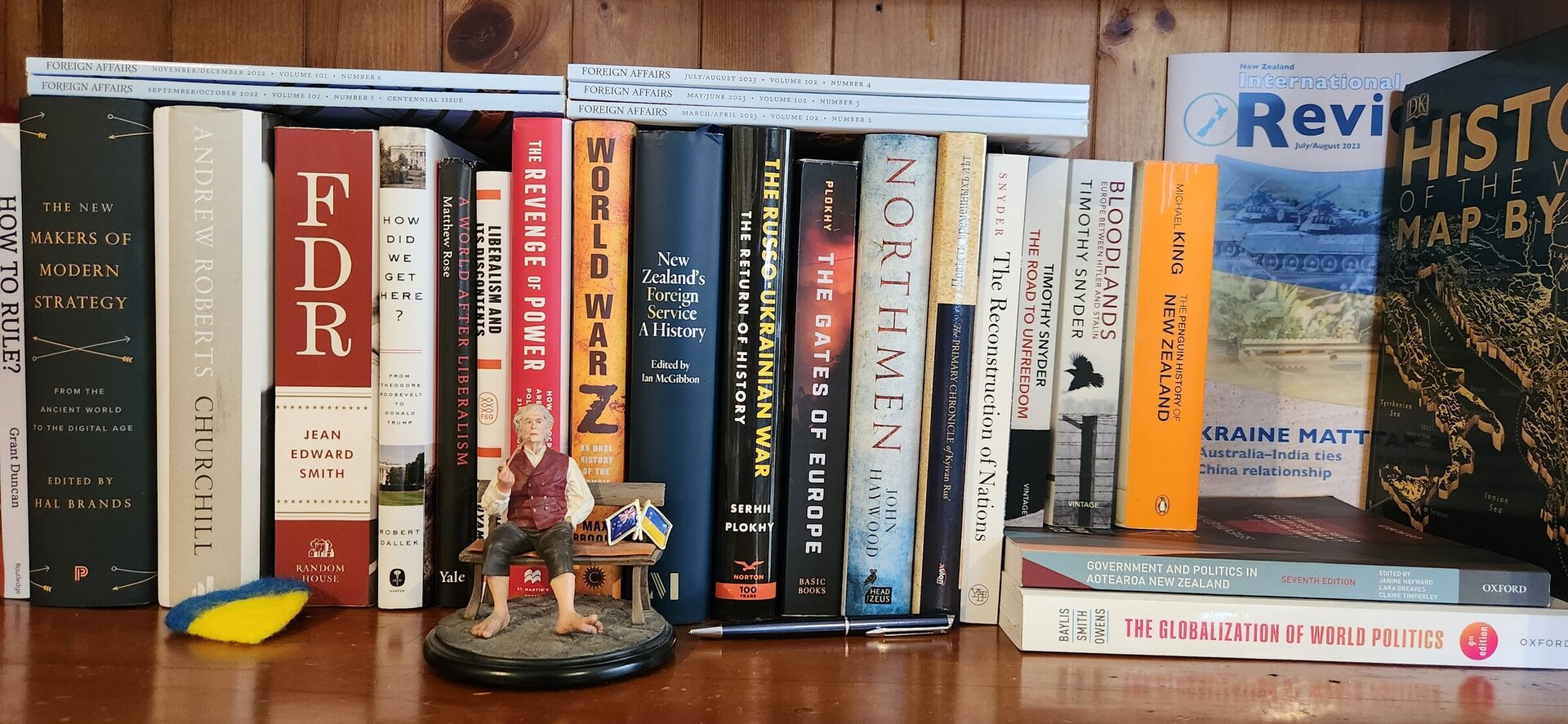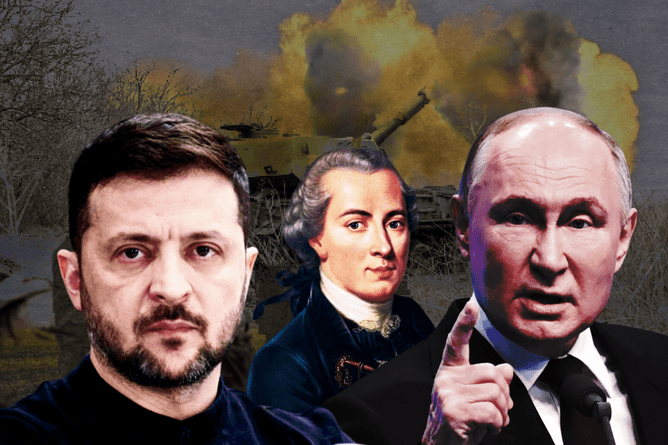Ukraine’s centuries-old struggle against Russian colonisation stretches back to the 17th century and still rages on. This article, draws parallels between the current Russian invasion and the one from 1918–21, revealing how history sheds light on today’s diplomatic deadlocks., evaluates proposed solutions to reduce or end the violence, explains the likely consequences of a ceasefire, examines public sentiment through surveys and personal stories from Ukraine, and analyses peace theories. It suggests the practical solution to establish long-lasting peace.
What will happen if Ukraine is forced into “peace”?
The key issue in peacebuilding between Ukraine and Russia is that Moscow cannot be trusted. The establishment and maintenance of peace is trust. However, Russia’s history of breaking agreements and genocidal treatment of captured people proves it unreliability.
If unchallenged, Russia will continue:
⚠️ Oppressing people in occupied Ukraine
⚠️ Committing genocide against Ukrainians
⚠️ Controlling natural & industrial resources through colonial means
⚠️ Using subjugated Ukrainians to attack other nations
Peace in Ukraine requires more than just ending hostilities—it demands justice, collective security, and strong deterrence against aggression.
Post-WWII peace theories often emphasized: Social & global justice Dialogue over military responses Non-violent resistance Addressing structural violence Forgiveness & reconciliation But do these ideas apply to Ukraine?
A key principle in these theories is to avoid counterviolence, assuming opponents act justly. However, Russia’s actions have proven otherwise—requiring a different approach to securing lasting peace.
According to Kant, true peace isn’t just ending hostilities—it requires lasting, law-governed conditions. He argued that states have the right to form alliances for mutual defense, ensuring security against external threats.
“There are no limits to the rights of an injured state (…) to use those means that are allowable to any degree that it is able to, in order to maintain what belongs to it.”
Collective international deterrence for long-term peace in Ukraine and Europe. Such alliances aim to deprive the aggressor of its ability to wage wars and, at the very least, ensure peace through deterrence.
Ukraine’s resistance has especially resonated with nations around the Baltic Sea who are the most committed in their aid to Ukraine.
The military alliance or confederation between Ukraine, Poland, Lithuania, Latvia, Estonia, Finland, and, potentially, others could be considered an alternative pathway towards sustainable peace in the region bordering the Russian World.
Read the full article and more on the topic of Ukraine and Russian global threat in my new book Z Empire Unmasked: War at the Heart of a Fracturing world.
Image source: Ukrainer


